-
25 years of Space.com: Space exploration and astronomy in the 21st century (special report)
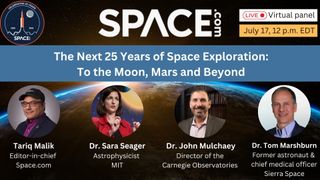
On July 20, 1999, Space.com opened its doors to chronicle humanity’s ongoing mission to understand the cosmos and explore the final frontier. A lot has happened in astronomy and spaceflight over the last 25 years. To celebrate our anniversary, Space.com is running a weeklong special report on some of our favorite topics of space exploration…
-
Scientists create space plasmas at CERN
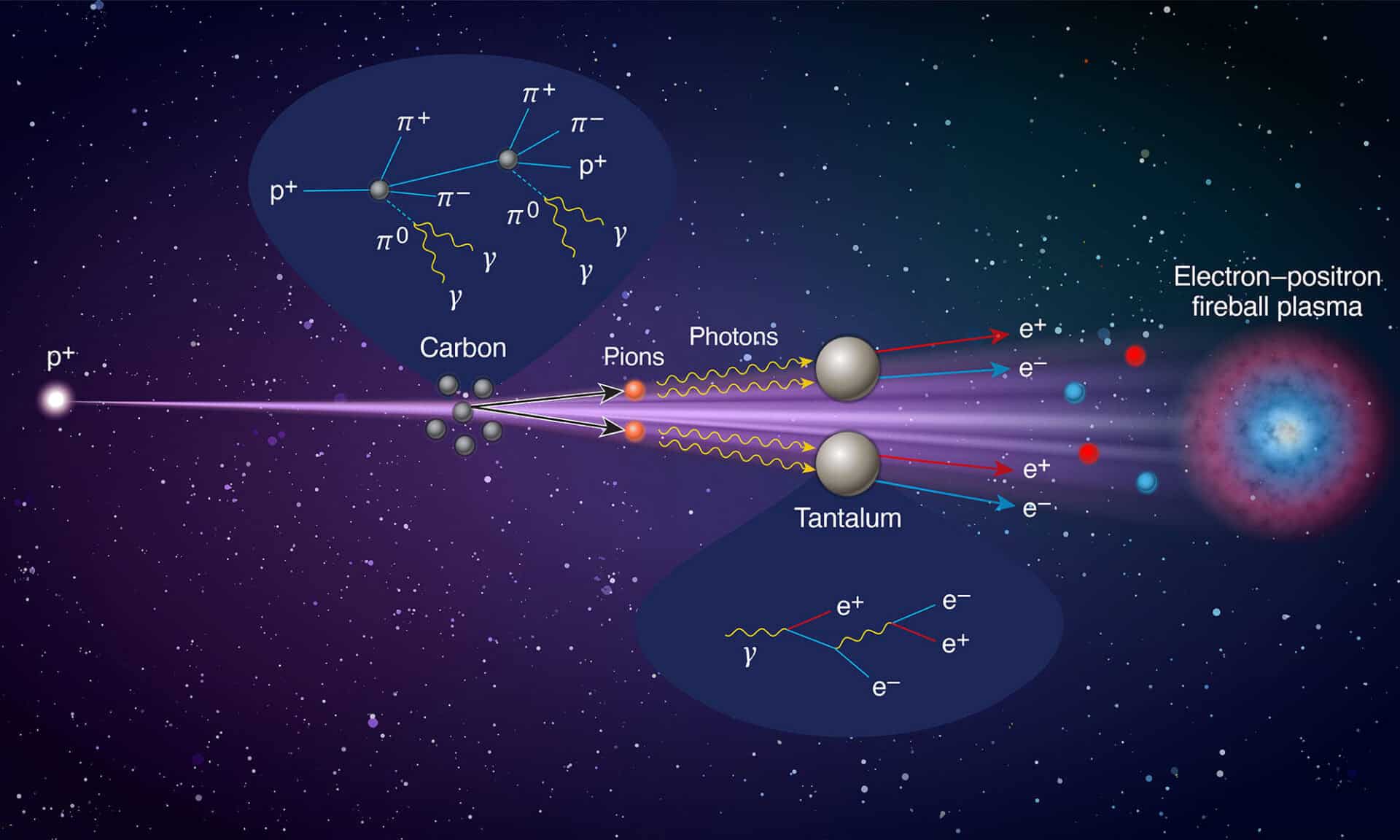
Producing plasma: A proton (far left) from the Super Proton Synchrotron (SPS) accelerator at CERN impinges on carbon nuclei (small grey spheres). This produces a shower of various elementary particles, including a large number of neutral pions (orange spheres). As the unstable neutral pions decay, they emit two high-energy gamma rays (yellow squiggly arrows). These…
-
Astronomy Photographer of the Year 2024 shortlist
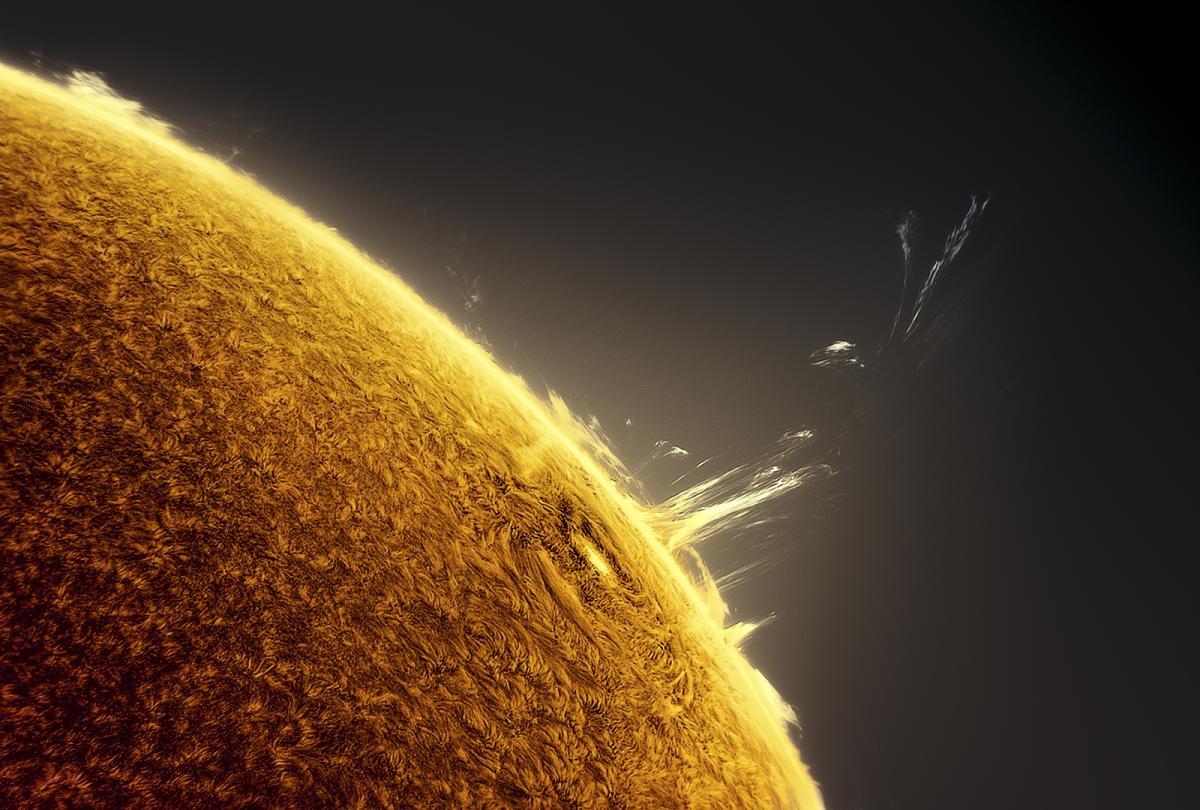
The Galaxy Devourer by ShaRA (Shared Remote Astrophotography) Team El Sauce Observatory, Río Hurtado, Chile “Is this the cosmic sandworm of Arrakis, from Dune, or the terrifying Graboid from the film Tremors?” ShaRa group member Alessandro Ravagnin asks. “CG4 (Cometary Globule 4) is a complex of nebulosity and dust with a very peculiar shape, located…
-
Space photo of the week: Warped ‘penguin galaxy’ spotted by JWST is waddling toward certain doom

What it is: The galaxy duo Arp 142, also known as “the Penguin” and “the Egg” Where it is: About 325 million light-years from Earth, in the constellation Hydra When it was shared: July 12, 2024, the two-year anniversary of the James Webb Space Telescope’s first image release Why it’s so special: After two years…
-
A Reporter Who Sees Meaning in the Stars

As a science reporter, Katrina Miller covers the cosmos, innovations in physics, space exploration and more. Times Insider explains who we are and what we do and delivers behind-the-scenes insights into how our journalism comes together. Katrina Miller was in her final year of a seven-year Ph.D. program in physics when she thought journalism might…
-
Stunning image from NASA’s James Webb Space Telescope captures galaxies merging in cosmic collision
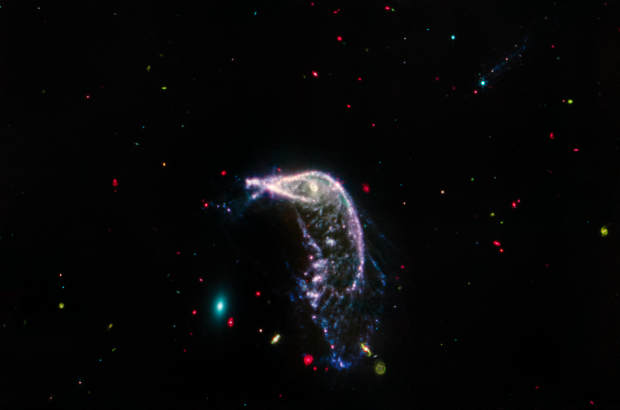
On Friday, to mark the second anniversary of operations of the James Webb Space Telescope, NASA released a breathtaking new cosmic image of two galaxies merging together. The telescope, which launched on Dec. 25, 2021, has transformed the field of astronomy with stunning images that are helping researchers uncover some of the mysteries of the…
-
Astronomers could use a synthetic cosmos to unravel dark matter mysteries
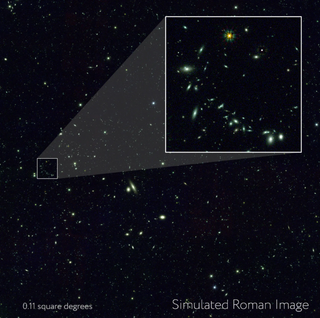
Scientists have used supercomputers to create a “synthetic universe” that will help predict what the next generation of super-telescopes will see upon opening their eyes to the cosmos. These telescopes will both be “dark universe” detectives in that they will investigate the two most pressing mysteries in cosmology: dark energy and dark matter, sometimes referred…
-
Watch These Supernovas in (Time-Lapse) Motion
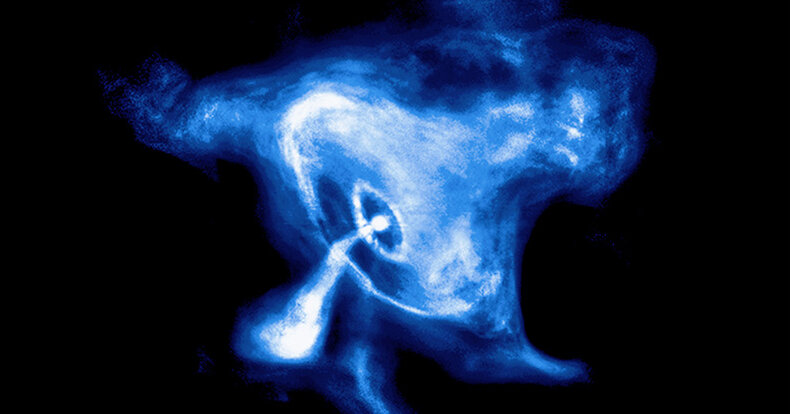
For the 25th anniversary of the Chandra X-ray Observatory, NASA produced ghostly time-lapse videos of two centuries-old stellar explosions. “The past is never dead,” William Faulkner once wrote. “It’s not even past.” Nobody knows this better than astronomers. Everything that has ever happened in the history of the universe has left a mark on the…
-
Astronomers find nearby black hole that changes everything
Support trulyindependent journalism Find out moreClose Our mission is to deliver unbiased, fact-based reporting that holds power to account and exposes the truth. Whether $5 or $50, every contribution counts. Support us to deliver journalism without an agenda. Louise Thomas Editor Scientists have found an elusive massive black hole that they believe is the closest…
-
Hubble Space Telescope finds closest massive black hole to Earth — a cosmic clue frozen in time
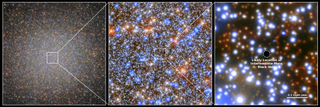
Using the Hubble Space Telescope, astronomers have discovered the closest massive black hole to Earth ever seen, a cosmic titan “frozen in time.” As an example of an elusive “intermediate-mass black hole,” the object could serve as a missing link in understanding the connection between stellar mass and supermassive black holes. The black hole appears…